Kate Forsyth
Kate, your new novel The Beast’s Garden is impossible to put down. Tell us what inspired you to write such a chilling tale.
I have been fascinated with World War II since I was twelve years old, and read The Diary of Anne Frank for the first time. It delivered such a blow, a kind of psychic shock that changed everything. Up until then writers such as Enid Blyton and C.S. Lewis had dominated my reading, where you could always count on a happy ending. In my teens, I read as many books set during the Second World War as I could lay my hands on, from I am David by Anne Holm and The Silver Sword by Ian Serallier to thrillers by Alastair Maclean. I had often thought about writing a book set in the French Resistance, or something similar, and collected books on the subject.
Then – many years later – I wrote my novel The Wild Girl, which tells the story of the young woman who told Wilhelm Grimm many of the world’s favourite fairytales – stories such as ‘Hansel and Gretel’, ‘Six Swans’, ‘The Frog King’ and ‘Rumpeltstiltskin’. One of her tales, called ‘The Singing, Springing Lark’’ was a very beautiful and unusual version of ‘Beauty and the Beast’, in which the heroine is far more active and heroic than in the better-known French version. I loved the tale and it added it to my repertoire of oral tales that I tell as a performance storyteller. I kept thinking that one day I’d love to retell it in some way.
During my research into the Grimm brothers, I read that their fairy tale collection was banned in Germany during the Allies’ de-Nazification program, since it had been Hitler’s favourite childhood book. I was troubled and upset by this, having abhorred Hitler and all he stood for since reading The Diary of Anne Frank … but also having loved the Grimms and their stories all my life. I went to bed but could not sleep. At last, after midnight, I got up and looked for a book to read, to distract myself from all the thoughts and worries whirring around in my brain. Intuitively, I chose an old thriller about the Danish resistance by Ken Follett. I read it in one gulp, and then went back to bed. It was after 3 o’clock. I slept, but only fitfully, and as I was drifting towards wakefulness, I had a kind of dream or vision. I saw a young woman, dressed in a clinging 1940’s gold cocktail dress, leaning against a grand piano and singing a sultry song to a room full of men in the sinister black uniforms of the SS. I knew that she was German, and that she was some kind of resistance fighter, and she was risking her life to try and save her beloved. I woke up, and at once ran down to my study and began to research the German underground resistance. I did not at that point even know that there had been a resistance! I planned out most of The Beast’s Garden in the next few days, knowing from the beginning that I was planning to draw upon the structures and symbols of ‘The Singing, Springing Lark’ (a golden dress is one of the key motifs of the tale).
Your characters are so well drawn. The reader relates to even the darkest of them. How do you go about developing the characters in your novels?
Thank you so much. I’m so glad you think so. How do I create character? I spend time with them. I think about them all the time, I imagine them in my mind’s eye, and I listen for their voice. Some come very easily – Ava and her best friend, Rupert, were fully realized from the beginning. I found the character of Leo took me much longer to bring to life, as I knew so little about what it would be like to be a young man growing up in Germany in the early years of the Hitler regime. To help me, I read dozens of memoirs and biographies, and watched dozens of films and documentaries. Once I understood him, however, it was easy to write. It just took me a long time to reach that level of understanding and empathy!
You have been inspired by classical fairy tales. What drew you to fairy tales as structure for your novels?
I have been interested in fairy tales and fairy tale retellings since I was a child, and first studied them in my undergraduate degree. Over the years, I kept on reading and studying and using them in my creative work. I then undertook a Doctorate of Creative Arts at the University of Technology, Sydney, majoring in Fairy Tale Studies. First I wrote a novel as my creative component. That was Bitter Greens, a retelling of Rapunzel interwoven with the true-life story of the woman who wrote the tale as it is best known. Bitter Greens was an unusual book, because it retold a fairy tale as a historical novel, rather than as fantasy, which is more usual. It won the American Library Association Award for Best Historical fiction in 2013, which was just wonderful for me. I then wrote, as my theoretical component of the degree, a mythic biography of Rapunzel that looks at the fairy tale from its ancient non-literate sources, through the versions told by different tellers including the Grimms, all the way through to Disney’s Tangled.
My doctorate was absolutely fascinating and opened up for me many new ways of thinking and writing about fairy tales, which helped me greatly when creating The Beast’s Garden.
Kate, I read somewhere that you have been writing since the age of seven. What does the act of writing do for you personally? What compels you to write?
I actually began writing much earlier than that – about the age of four. I wrote poems and stories and so forth from the time I could first hold a pencil. My first novel was completed at seven, and by the time I was sixteen I had written half-a-dozen, longhand, in old school exercise books.
Writing to me is as natural and necessary as breathing. I like to write every day, even if it’s just in my diary (I’ve been keeping a diary since I was twelve, thanks again to Anne Frank). If circumstances keep me from writing for too long, I feel sick and anxious. I begin to have trouble sleeping. The words dam up in me, and the stories burn a hole in my imagination. I need to write them down, else they bother me too much.
It’s hard to explain. Once the idea comes to me, I can only exorcise it by writing it down.
And I love writing! I love every aspect of it. It brings me joy, and creative fulfillment, and the release of a kind of tension in me. I truly believe it is what I was born to do.
Well-researched historical fiction has always been a passion of mine. It makes history live and breathe. Have you always been interested in history?
As long as I can remember. For me it began with the books I loved to read as a child – books set far, far away and long, long ago. I loved Rosemary Sutcliff, Leon Garfield, and Geoffrey Trease, then moved on to Jean Plaidy and Georgette Heyer. I discovered the Bronte sisters and Jane Austen, and then a whole host of other amazing writers, from Phillipa Gregory to Tracey Chevalier to Geraldine Brooks. I read just about every genre of fiction, but much prefer it if it is mixed with history. I love writing historical fiction – it is my far my own favourite genre to write in.
Tell us a little about your career path. You have published an enormous number of books, including poetry and children’s books.
Next year will be my 20th anniversary of my first book being published, and I shall have had 39 books published. I’m trying to see if I can manage a small one to make it 40 books in 20 years!
I read very widely, and have never understood why I cannot write as I read. I’ve always written poetry for my own pleasure, and so it was wonderful to have a collection published. I’ve always wanted to write for children, and I’m lucky that kids seem to like what I write (I think it’s because I try and write the type of books I loved to read when I was 11.)
It seems very natural for me. I always know for whom I am writing – the story itself tells me. I say that the story demands its own shape. I have so many ideas that I try and pick and choose strategically, building my own writing routine around my family. For example, I wrote my five-book children’s fantasy series ‘The Impossible Quest’ the year my eldest son did his final school exams. The books were nowhere near as research-intensive as my adult historical novels, and I did not need to travel overseas to do that research.
I could be home for him, and help him as much as I could.
I’m lucky that my first published novel (a young adults fantasy novel called Dragonclaw) was an international success and so I’ve been able to earn my living from my writing for the past 20 years. It gives me a great deal of creative freedom, to play and experiment and push the boundaries, and to choose what I write and when I write it.
I think that it is good for creative artists to keep trying new directions – it stops them from becoming stale and predictable.
Finally, on a more personal note. What are your favourite pastimes, when you get a day off in your busy life, that is?
Reading, of course! And I love to cook, and I love my garden, and I walk every day somewhere beautiful. I go to the ballet several times a year with my daughter, and I love old-fashioned musicals, as well as music and the theatre. I particularly love seeing performance storytellers work their magic. I love listening to other writers talk about their work, so luckily for me I get to go to a great many literary festivals. And I love to travel the world and have adventures. I try to go somewhere new every year.
Thank you Kate. Looking forward to catching up with you at the St Albans Writers’ Festival.


